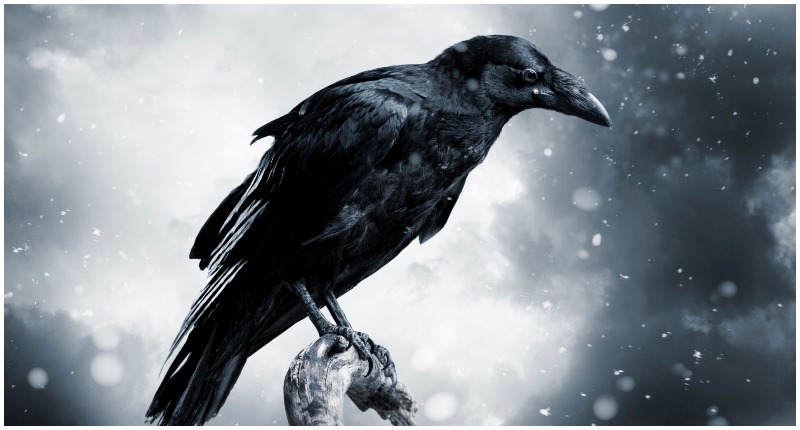The Raven is one of Edgar Allen Poe’s most impressive works, a long narrative poem centered on a talking raven that makes a nocturnal visit to a distraught lover, who is mourning the death of his beloved Lenore.
Noted for its seamless weaving of popular myth, folk tales, classical imagery, and the supernatural, the poem remains a widely acclaimed and popular classic.
However, Poe’s raven has a little known and significant literary heritage. Historians and literary critics have long speculated that the talking bird in his famous poem was actually inspired by Charles Dickens’ own pet raven, Grip.
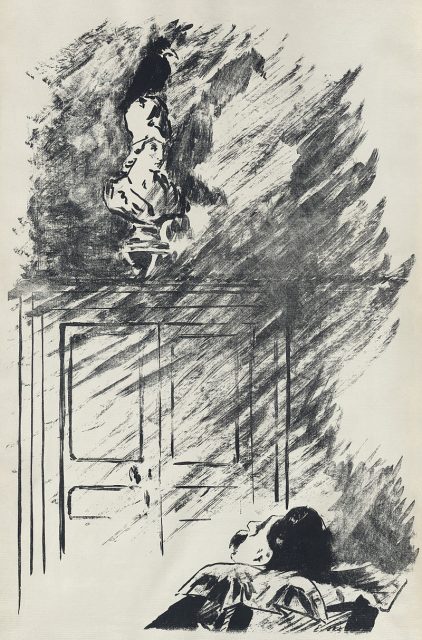
This real-life raven was responsible for spawning not one, but two literary greats, as he was also the basis for the bird depicted in Dickens’ own novel, Barnaby Rudge.
According to the BBC, Dickens was particularly fond of birds and owned several pet ravens, all affectionately named Grip.
His first and favorite bird had a distinctive, imperious character, and would frequently harass Dickens’ children and other pets, nipping their ankles.
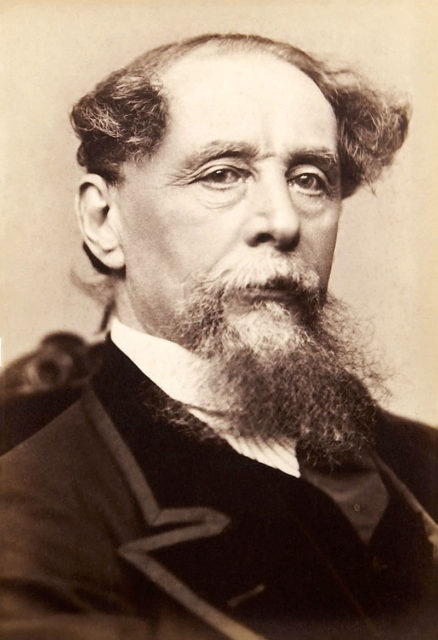
Dickens was fascinated by Grip, and resolved to include him in his next novel.
In 1841, he published Barnaby Rudge, and indeed, the title character was constantly accompanied by a talking pet raven, which was far more intelligent than the man himself.
Dickens widely acknowledged that the character was based on his own bird, which had unfortunately died shortly before the publication of the novel.
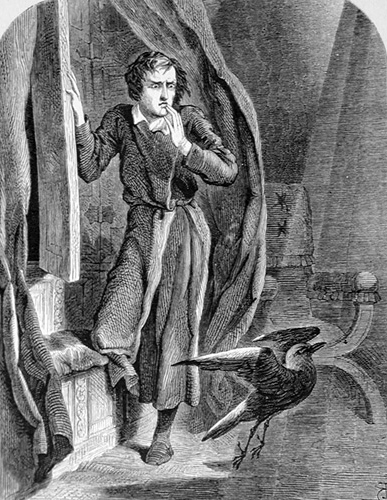
Dickens was deeply saddened by Grip’s death, and continued to acquire birds; first an eagle, and then two more ravens in succession, both also named Grip.
The third Grip had an even more distinctive and domineering character than the first, and was even able to keep the family dog, a bullmastiff named Turk, under control.
Turk would sit patiently as Grip helped himself to all of the best pieces of meat from the dog’s dinner plate.
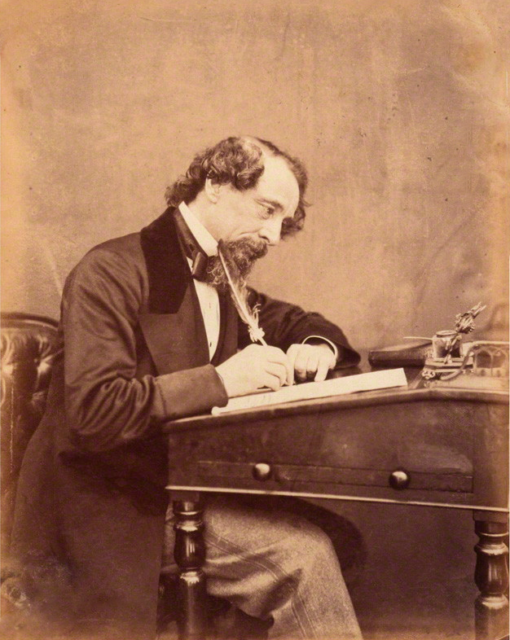
According to the BBC, it was around this time that Dickens and Poe became acquainted. Poe had written an approving review of Barnaby Rudge, and the two arranged to meet when Dickens and his wife were on tour in the United States.
Reportedly, Poe saw a picture of Grip that Dickens carried with him, and was delighted to learn that the bird he had admired in Barnaby Rudge was based on a real-life animal.
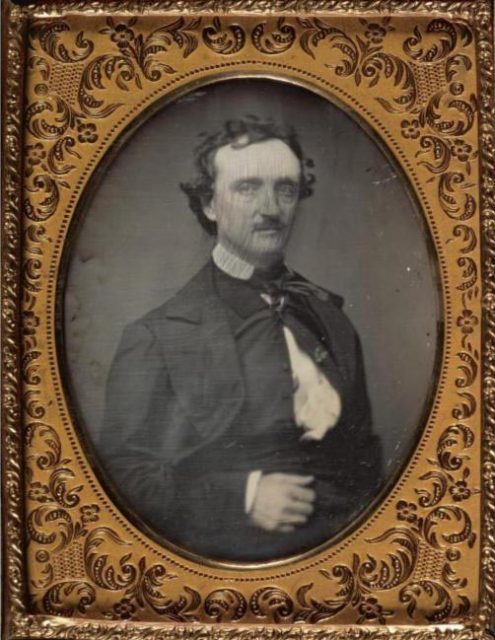
Shortly after, Poe composed his most notable work, a narrative poem with an imperious raven at its heart. The main character, a love-struck and sorrowful young man, is struck by the visitation of a raven, whose croaking refrain, “Nevermore,” simply adds to his grief.
Although Poe never stated it explicitly, it is widely thought that The Raven is based on Dickens’ bird.
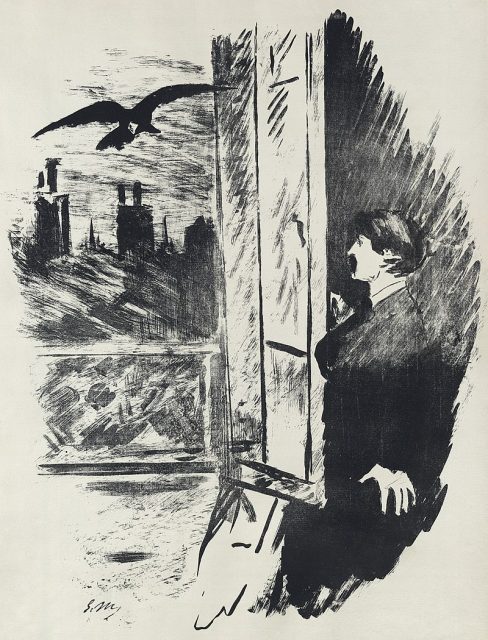
The disdainful character of the bird, described as standing proudly on the window ledge, perfectly matches the raven belonging to Barnaby Rudge, and thus, to Dickens’ own bird. Poe’s raven is also seen tapping at the window, just as the raven in Barnaby Rudge had been prone to do.
Soon after the poem’s publication, other readers and literary critics also noted the similarity, with some even accusing Poe of plagiarism. Always a controversial character, Poe attracted a considerable amount of criticism and ridicule from his literary peers.
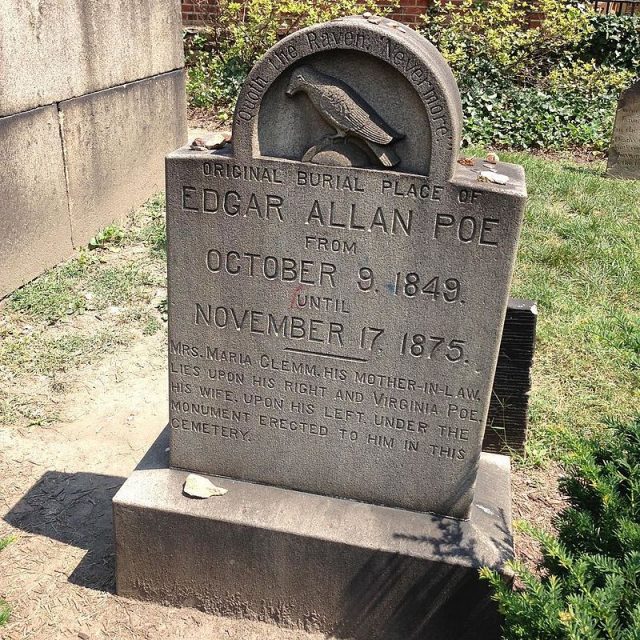
In 1848 the writer James Russell Lowell wrote, “Here comes Poe with his raven, like Barnaby Rudge / Three-fifths of him genius, two fifths sheer fudge.” Poe’s sad and untimely death just one year later cemented his legacy, and The Raven remains his best-known and most-loved work.
When the original Grip died, Dickens was so upset that he had him stuffed by a taxidermist and kept him in his office, allowing him to keep watching over the family.
After Dickens’ death he was sold at auction and is now a permanent resident at the Free Library of Philadelphia’s Rare Books department. A fitting end for a bird that inspired not one, but two literary geniuses.
